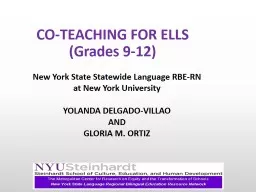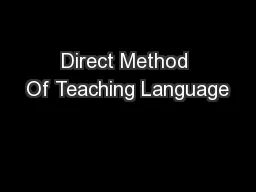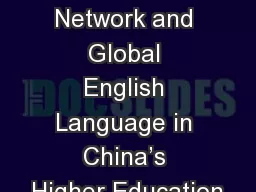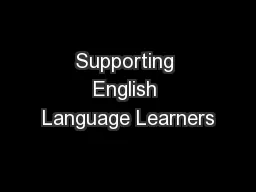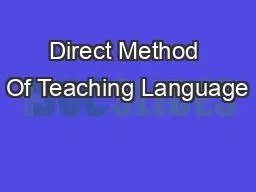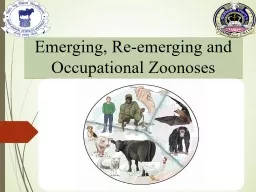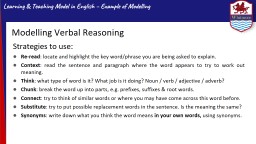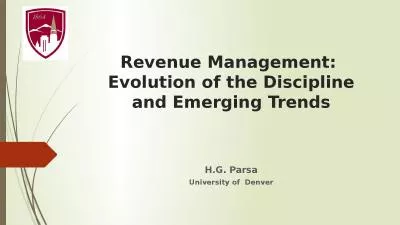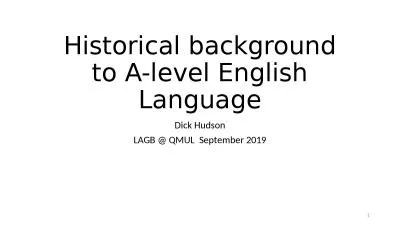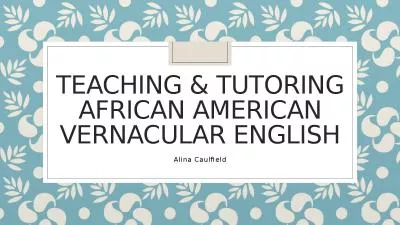PPT-EMERGING TRENDS IN ENGLISH LANGUAGE TEACHING
Author : garcia | Published Date : 2023-06-25
DrMKANNADHASAN Assistant Professor Department of English Thiruvalluvar University Serkkadu Vellore What is Trend A trend is the general tendency or direction towards
Presentation Embed Code
Download Presentation
Download Presentation The PPT/PDF document "EMERGING TRENDS IN ENGLISH LANGUAGE TEAC..." is the property of its rightful owner. Permission is granted to download and print the materials on this website for personal, non-commercial use only, and to display it on your personal computer provided you do not modify the materials and that you retain all copyright notices contained in the materials. By downloading content from our website, you accept the terms of this agreement.
EMERGING TRENDS IN ENGLISH LANGUAGE TEACHING: Transcript
Download Rules Of Document
"EMERGING TRENDS IN ENGLISH LANGUAGE TEACHING"The content belongs to its owner. You may download and print it for personal use, without modification, and keep all copyright notices. By downloading, you agree to these terms.
Related Documents


